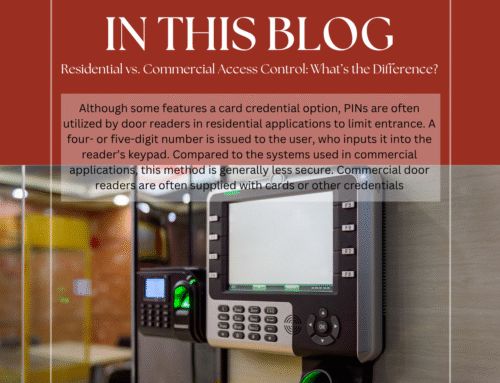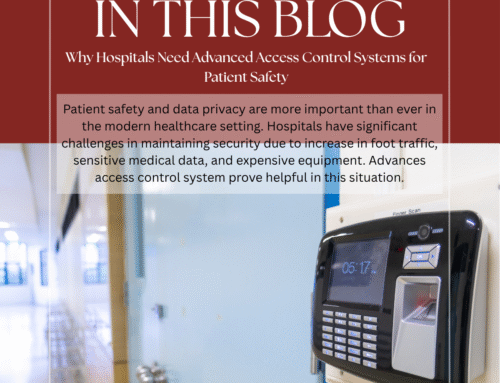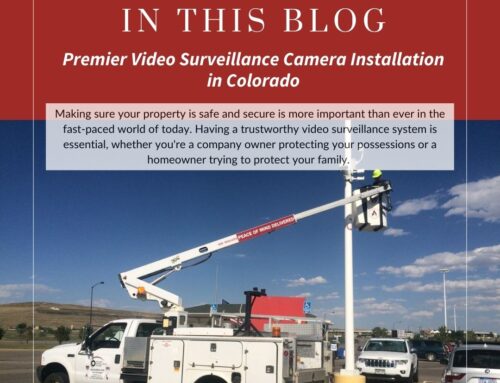Which is Better? HD Over Coax vs. IP Cameras
Which is Better? HD Over Coax vs. IP Cameras
Which is Better? HD Over Coax vs. IP Cameras
HD over Coax vs IP cameras. Which one is better? This is the question that many people ask and often gets misleading responses through various information sources.
To know which is better let’s start with knowing what is HD Over Coax and what is IP Camera?
HD over Coax
HD over Coax (also known as HD Analog) is the transmission of high-definition video and audio streams over coaxial cables that have traditionally been limited to a standard quality video.
You may hear that Coax is used only for older analog video technologies while Ethernet or IP is the only way to upgrade it or install a new video system.
Today, people ignore the capacity and capability of the coax cable that runs to your home and provides 300+ HD channels and provides with high-speed internet! Consider if a coax cable can do that, how good it will work for a camera video system? Coax itself may be old, but the technology that connects to it is just as up to date as any IP based system.
With the launch of a new HD over Coax technologies in the last six years, many new technologies have taken over and have alternatives to Coax video and can function as good as any Ethernet/IP camera.
HD over coax has many different available technologies. Here are the 2 main categories:
- Analog HD: Analog based high definition technologies like HD-TVI, HD-CVI, and AHD. This is most commonly used as a low-cost easy way to upgrade existing installations that use old analog cameras. You use the same coax, same power and you can upgrade to 1080p up to 4K resolutions without changing any wires. It is widely used with RG59 or RG6 coax cable.
- Digital HD: Higher quality digital HD over coax known as HD-SDI, 3G-SDI and EX-SDI. These are high-end real-time uncompressed signals for the best video quality, a standard taken directly from television broadcasting. When uncompressed quality is most important, this is the best there is. This type of signal is best when you need the cleanest video image for identification or image processing without compression. As it allows to pull the raw camera feed before compression. (basically, any fast-moving applications where compression can be a challenge). It is best used with RG6 coax cable.
IP Cameras
IP cameras transmit video over a computer network. These cameras can sometimes store video at the camera itself but are usually wired back to a Network Video Recorder (NVR) for longer-term video storage. IP cameras capture video images and compress and transmit them in digital format over the network. The recorder is programmed with IP addresses to receive video streams and record them to NVR (network video recorder). Whereas HD cameras have to be connected directly to the recorder and the recorder is responsible for collating picture information, compression and storage. Therefore, they have the advantage over HD Over Coax systems in terms of cabling and resolutions; however, a major drawback with IP systems comes in terms of network knowledge required when things don’t work out. IP cameras capture video images and compress and transmit them in digital format over the network.
IP CCTV is more suitable for businesses with network knowledge, have structured cabling in place or have experience with network cabling. IP CCTV systems can be highly flexible; as they offer great savings on installation costs and time, especially on large sites. Avoid the need to re-cable for additional cameras; use a WiFi bridge to link buildings and then have multiple cameras over it. By utilising POE, long cable length can easily be achieved and more.
With HD CCTV, each camera signal has to be wired back to the recorder. HD systems can be simpler to install and manage.
Keywords:
What is HD Over Coax, What is IP Camera, Which is better, IP Cameras in Colorado, HD Over Coax Colorado, IP Cameras Florida, HD Over Coax in Colorado












